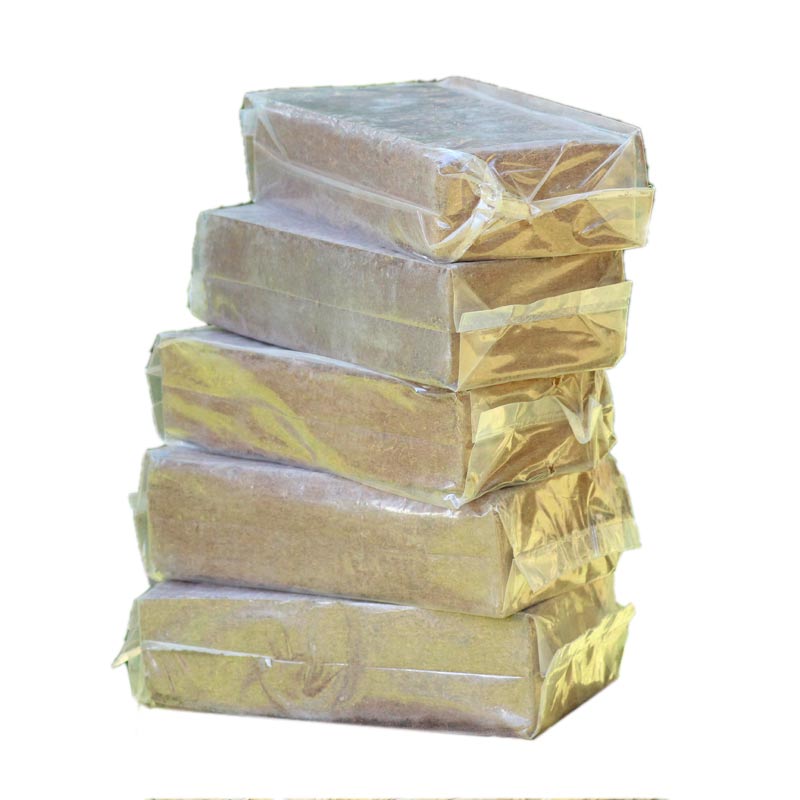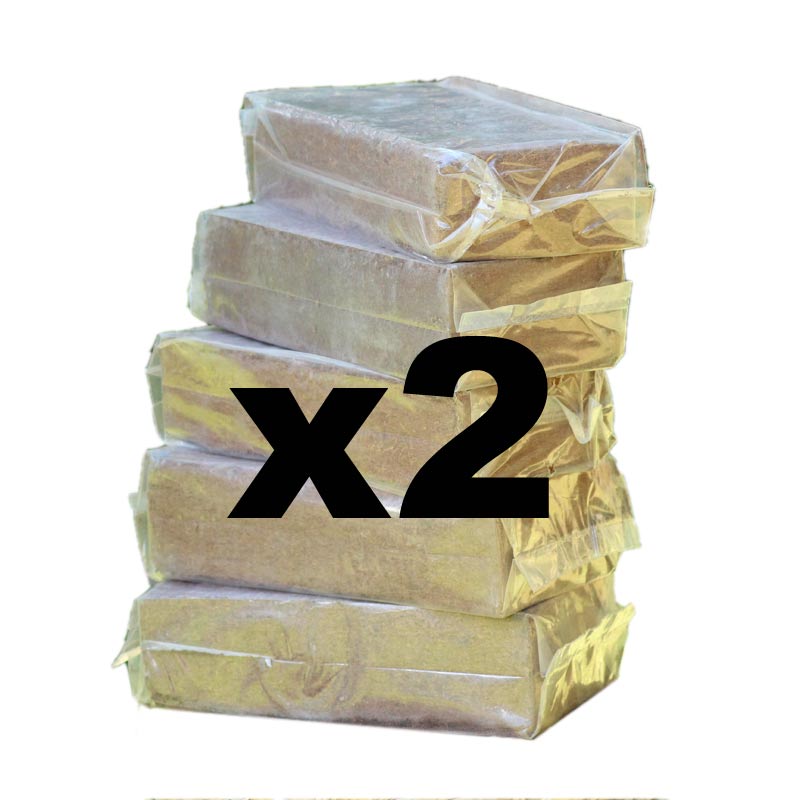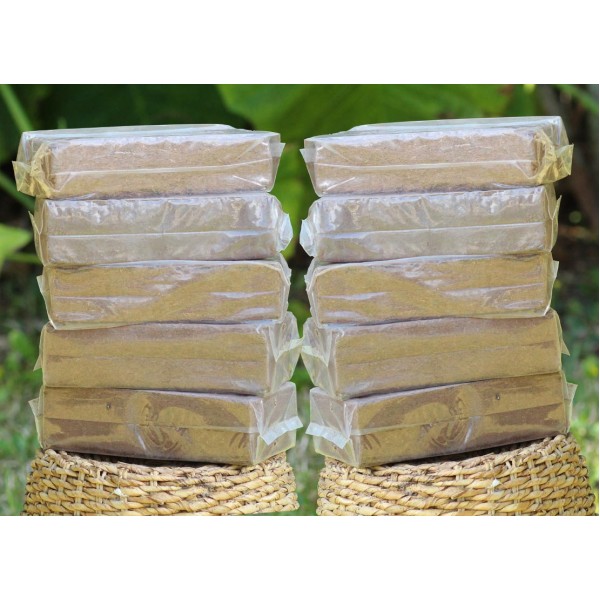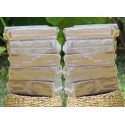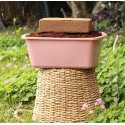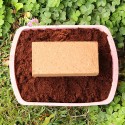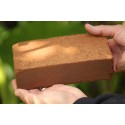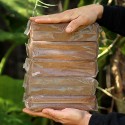Overview
Coconut coir is our premier bedding material used for worms. It provides a comfortable habitat for worm life, creating an ideal burrowing environment that is neither too dry nor too damp. It provides the perfect environment to thrive, eat and process the compostable matter they are given.Coconut coir, also known as coir, is a natural by-product of harvesting coconuts. Coir fibers that are found between the hard, internal shell and the outer coat of a coconut are removed for processing. To do this, the coconut must first be soaked in water to soften and loosen the coir fiber. The coir is then removed from the water bath and dried for over a year. Coconut coir is entirely natural and does not contain any foreign matter or chemicals that might adversely affect the worms or the rich black fertilizer that they produce.
Primarily used in the plant and food growing industry, coconut coir has outstanding water retention capacity and excellent air space and drainage properties making it a fantastic medium for earthworm bedding. A key benefit of coconut coir is that it will hold moisture while never becoming hard or compressed. Your worms will easily burrow through this light and fluffy substrate.
Like sphagnum peat moss, it has no nutritive value. However, unlike sphagnum peat moss, coconut coir has a neutral pH value of 7.0. There is no need to add calcium carbonate to the bedding to counteract acidity. Another benefit of coir over peat moss is that the coconut coir is considered a more sustainable resource as coconut trees continuously produce coconut fruit.
Usage Recommendations
You can use coir alone or combined with other bedding materials. Mixing with shredded newspaper or cardboard is a fantastic bedding combination. It gives the worms plenty air pockets to easily burrow through. Mixing with paper will also help to stretch your supply of coir and you won’t go through it as quickly. However, if you don’t have access to newspaper or cardboard, using coconut coir alone is just fine! Before using coir you need to prepare it for your worms by soaking it in water.- When soaking the brick, place it in a shallow pan and fill with water about halfway up the side of the brick and let it sit until all of the water is absorbed. Add more water if needed.
- Squeeze out the excess water so that it has the moisture level of a damp sponge.
- If using coir alone add at least 4 inches of damp coir to your worm habitat.
- If mixing with paper, since the paper will add bulk, six inches of bedding is fine.
- When your bedding turns dark from worm castings, top off with new bedding.
Good to Know's
- Coconut coir does not “expire” while it is wrapped in its original packaging.
- Store in a cool, dry place.
- Add some top soil or a bit of sand to add grit to aid in digestion.
- When moistened, a brick of coir will expand at least 8x from its dry and packaged form


|



